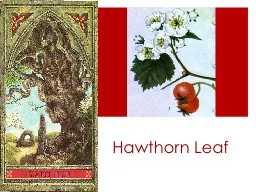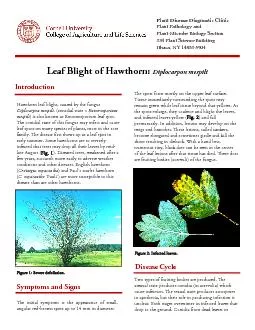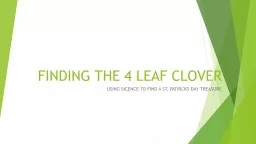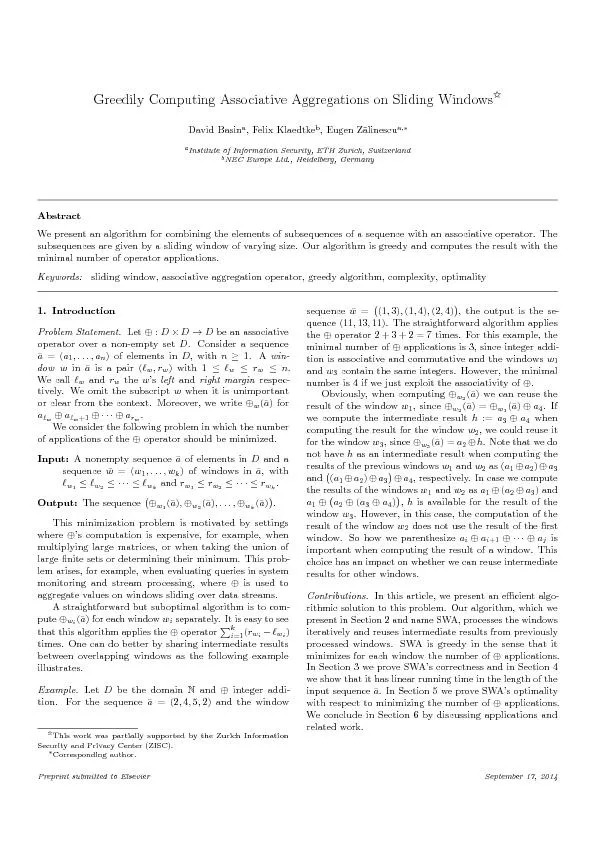PPT-Hawthorn Leaf
Author : test | Published Date : 2016-05-03
History Originated in Europe and North Africa Widespread in North America Hawthorn haw hedge thorn hedge thorny hedge In old England trees were used as a barrier
Presentation Embed Code
Download Presentation
Download Presentation The PPT/PDF document "Hawthorn Leaf" is the property of its rightful owner. Permission is granted to download and print the materials on this website for personal, non-commercial use only, and to display it on your personal computer provided you do not modify the materials and that you retain all copyright notices contained in the materials. By downloading content from our website, you accept the terms of this agreement.
Hawthorn Leaf: Transcript
Download Rules Of Document
"Hawthorn Leaf"The content belongs to its owner. You may download and print it for personal use, without modification, and keep all copyright notices. By downloading, you agree to these terms.
Related Documents














